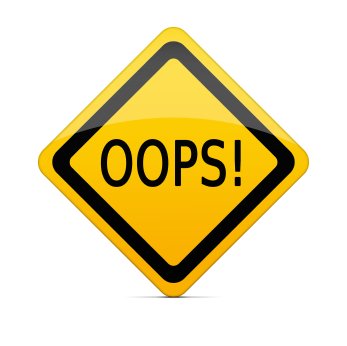Whether you forgot to take all of the deductions you were eligible to take, or just reported a few wrong figures to your tax return, you do have some options for amending your return.
In fact, you have three years from the original filing deadline to send in an amended return. You don’t need to worry about math errors on a tax return because the IRS will take care of those when you file.
Keep in mind that your tax returns are run through a computer at the IRS offices so any mathematical errors will be caught and fixed right away.
There are only a few situations where you should go ahead and file an amended return, and in many cases, the IRS will simply send back a notice that asks for missing information.
When Would I File an Amended Return?
You will need to file an amended (i.e. corrected) return when you:
- Did not report all of your income or you reported the wrong income figures
- Forgot to claim a certain type of tax credit
- Forgot to include tax deductions
- Want to remove dependents you already claimed
- Need to change your personal exemptions
- Need to report a different filing status
You do not need to file an amended return if you forgot to attach a required schedule. The IRS will usually contact you to request this information once they’re received the original tax return so you don’t have to start all over again.
You also don’t need to file an amended return if you transposed a couple of figures (unless it was your reported income) or made a mathematical error. The IRS computers usually catch these mistakes and will process your return
accordingly.
Filing an Amended Return
The only way to file an amended return is by mail. Even if you submitted your original 1040 online, you will need to download Form 1040X, the official Amended U.S. Individual Income Tax Return.
Make sure you fill out all highlighted areas and check the box at the top that states which year you are filing the amended version for.
The IRS will need to match this up to your previously-filed return and you’ll need to list the original amount reported, plus the net change based on the error you made to arrive at the correct amount in Column C.
Keep in mind that the three-year time limitation is based on the date you filed your original tax return or April 15 of that year.
If you requested an extension that year, the three-year period starts on October 15 instead. If you catch an error and are outside of the three-year statute of limitations, you won’t be eligible for any type of refund but can receive a refund for overpaid taxes paid during the last two years instead.










